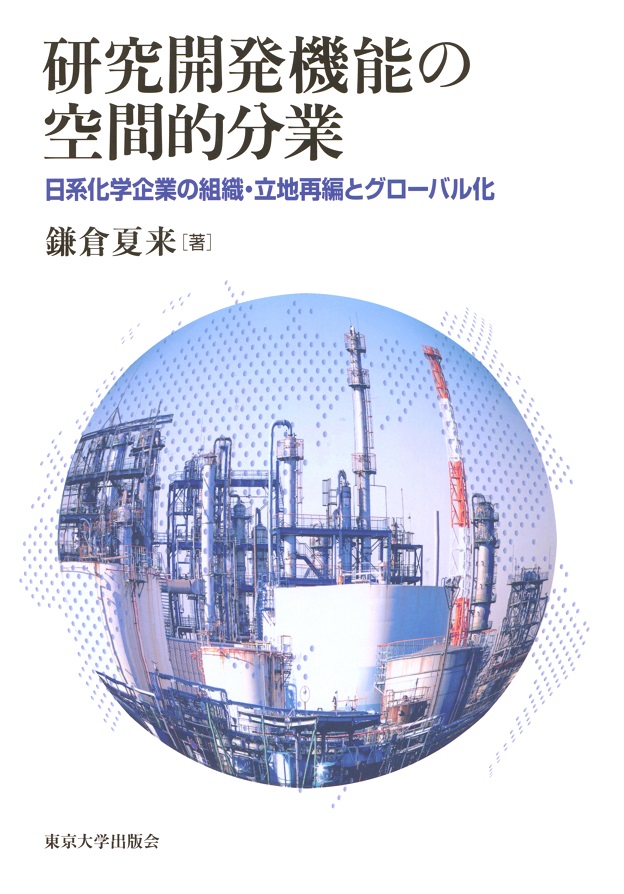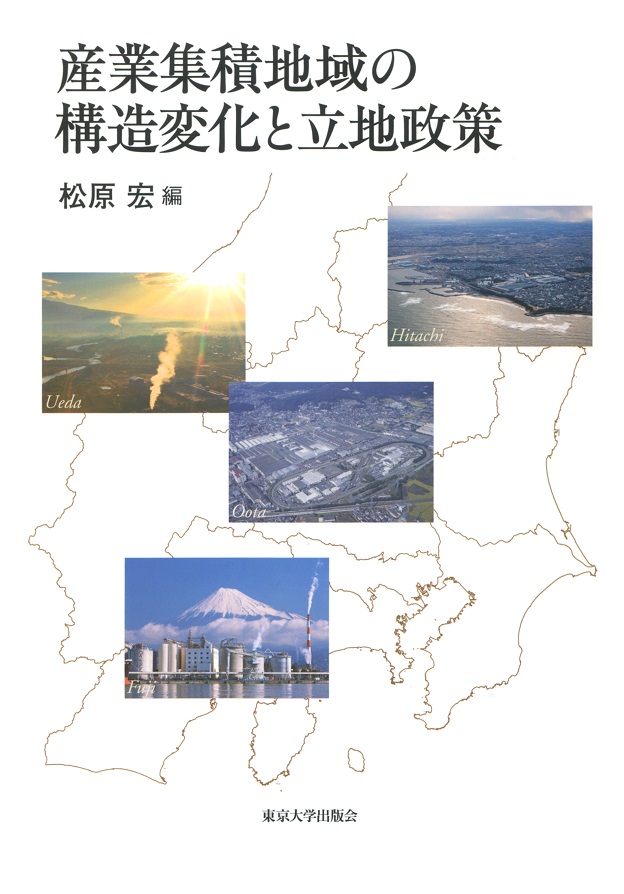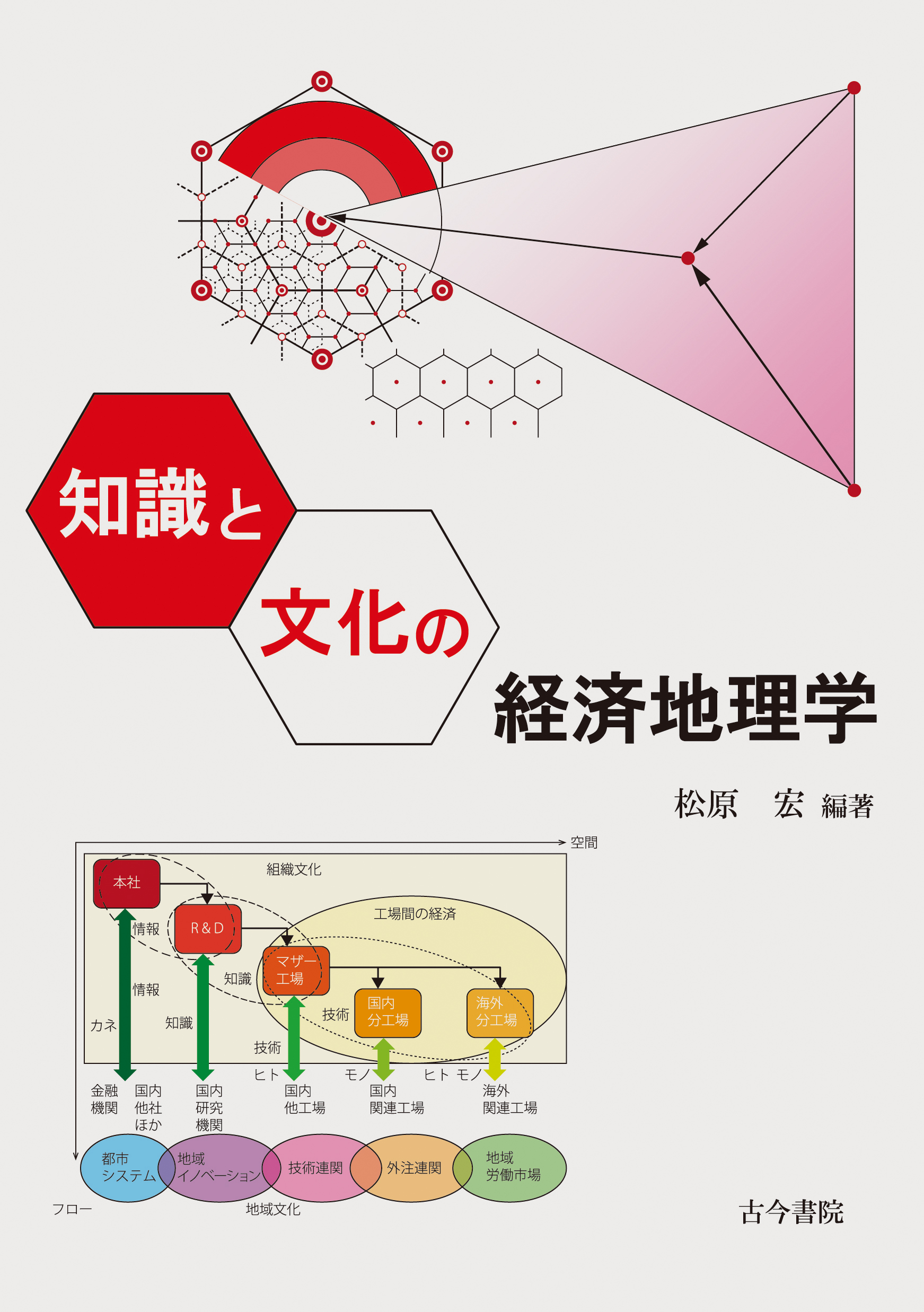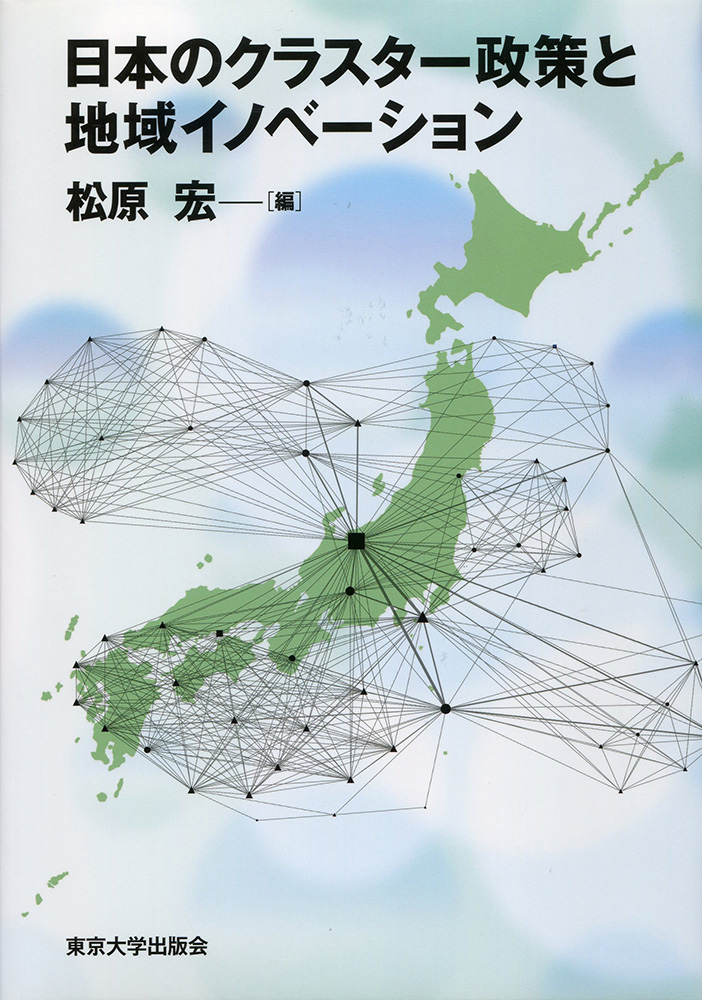
Title
Kenkyu-Kaihatsu-Kino no Kukan-Teki-Bungyo (Spatial Divisions of Labor in R&D: Organizational and Locational Restructuring with the Globalization of Japanese Chemical Firms)
Size
288 pages, A5 format
Language
Japanese
Released
February 23, 2018
ISBN
978-4-13-046125-2
Published by
University of Tokyo Press
Book Info
See Book Availability at Library
Japanese Page
What does "industrial hollowing-out" bring to mind? Most people think of production functions being moved to countries characterized by low labor costs, with Japanese factories being shut down one after the other. What about the manufacturing industry as a whole? Different from production functions, R&D functions to create new products seem to be unchanged. In other words, it seems that hollowing-out is not an issue for R&D. Intrigued by this phenomenon, the author of this book covered the issue as a fourth-year human geography undergraduate student, by conducting a series of interview surveys with a wide range of firms. In this book, which summarizes the results of her research, the author considers Japanese chemical firms to analyze the changes to Japanese divisions in the R&D functions, as well as the dynamics of global spatial divisions of labor.
In contrast with European and US firms, firms in the Japanese manufacturing industry have typically had research laboratories only in Japan, where they have mainly focused their R&D efforts. However, as symbolized by the phenomenon of "galapagosization" (i.e., the development of products for which there is demand only in Japan), there are limits to conducting Japan-only R&D with respect to the possibility of expanding overseas and thus fostering further growth. With the Japanese market expected to shrink due to decreasing birth rates and aging population, looking at overseas markets will become an urgent matter for Japanese firms. In handling this issue, firms will need to re-examine the role of the domestic sites—in which they previously focused all R&D functions—and will need to leverage the location advantages of the overseas sites as they build strategic divisional businesses both in Japan and elsewhere.
While writing this book, the author visited the R&D sites of selected firms both in Japan and abroad, thanks to the many individuals who graciously spent some of their time to make this study possible. As a graduate student, interviewing R&D personnel at large firms as well as representatives of local subsidiaries felt akin to continuously attending job interviews. Nonetheless, gaining a deeper understanding of her own research and experiencing both the difficulties and joys of focusing on important topics within the time-constrained interviews served as a valuable experience for her career as a researcher.
The analysis of the case studies shows that, although firms were developing internationally to support products locally, they were very concerned about deepening core technologies due to the fear of technology knowledge appropriation. The author's research suggests that major changes to the policies for Japanese firms to focus R&D locally (where strong intellectual property protections are in place) are unlikely. In other words, the "R&D function hollowing-out" is hardly evident, at least in the Japanese chemical sector. However, the question as to whether firms will need to move their R&D functions overseas to some degree as their businesses undergo globalization remains to be investigated. The author hopes that the case studies in this book will help consider how the R&D functions of Japanese firms should change in the context of increasing globalization.
(Written by KAMAKURA Natsuki, Assistant Professor, Graduate School of Arts and Sciences / 2018)



 Find a book
Find a book


 eBook
eBook



